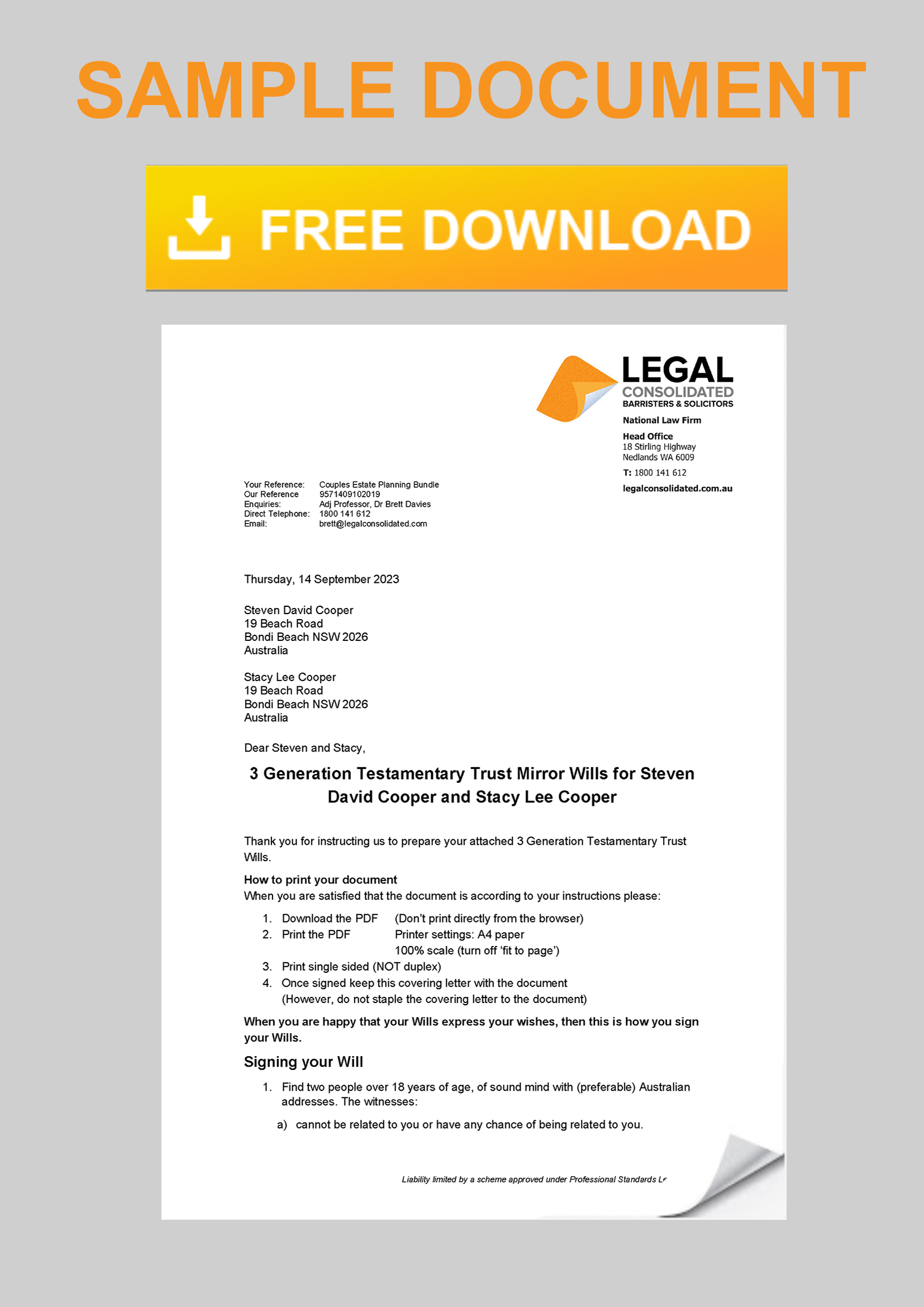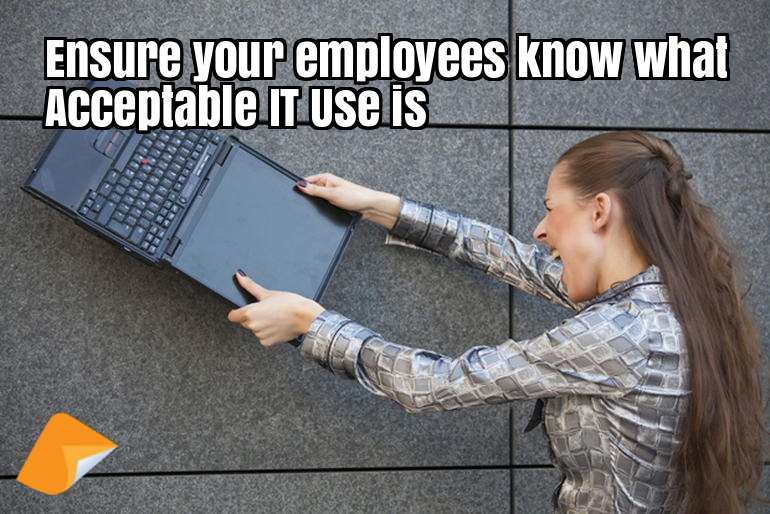Don’t have a harassment and bullying policy? This could cost you millions.
This precedent policy provides information for employees on their rights and obligations for discrimination in the workplace, and what is considered unlawful behaviour. The policy sets out how
complaints are made to the employer.
It is suitable for use in any business with persons who are:
- permanent employees (including full time and part-time);
- fixed-term employees;
- casual employees; and
- temporary agency staff and contractors.
In the case of Mathews v Winslow Constructors (Vic) Pty Ltd [2015] VSC 728, the Court ordered over 1.3 million dollars in damages for bullying and sexual harassment of Ms Matthews.
In this case, the Court found the employer was negligent in failing to provide a safe working environment, and allowing Ms Matthews to be subjected to ongoing abuse, sexual harassment, and
bullying by her co-workers, and even her boss.
Ms Matthews was subject to daily sexual harassment, which included, but was not limited to: being shown pornographic material and asked questions about it, repeatedly asked about her sex-life,
continuously asked for sexual favours, had colleagues grab-her and talk about hurting her, and was continuously bullied and called ‘spastic’, ‘bimbo’ and ‘useless’. Finally, in July 2010, when a colleague stated to Ms Matthews that he was ‘going to follow [her] home, rip your clothes off and rape you’, Ms Matthews was too frightened to continue working.
Without any policies or procedures in place, there was very little Ms Matthews could do. She brought a claim to the Court and was awarded damages for her psychiatric injuries, jaw injury, for economic loss, and future economic loss. The total damages Ms Mathews was awarded totalled $1,360,027.
Without bullying and harassment policies in place, Ms Matthews was treated terribly during her employment with Winslow Constructions. There was very little she could do, and no-one she could turn to for help.
Bullying and harassment policies provide guidelines for employers and employees, combatting situations such as this one. It provides a safe work environment for the employee and can help employers enforce acceptable work-place guidelines. A bullying and harassment policy, built at Legal Consolidated, would have helped step in before the out-of-control situation Ms Matthews found herself in and would have stopped the Court case resulting in the $1.3 million damages awarded.
What happens if there is no policy in place? The Court can order one to be put in place.
In the case of CF and NW v Company A and ED [2015] FWC 5272, the Fair Work Commission found that two employees were bullied at their work by their Property Manager. The Property manager, Ms E.D. engaged in bullying conduct towards the employees including:
- Swearing, yelling and use of otherwise inappropriate language;
- Daily interfering and undermining the applicants’ work;
- Physical intimidation and “slamming” of objects on the applicants’ desks;
- Attempts to incite the applicants to victimise other staff members; and
- Threats of violence.
The employer had undertaken an informal investigation about this bullying allegation and attempted work-place mediation. However, the Commission found that this was not good enough.
Instead, the Commission ordered the company to implement ‘appropriate bullying policies, procedures and training, which includes confirming appropriate future conduct and behaviour’.
Bullying and harassment policies in the workplace are incredibly important. As evidence, in this case, the Fair Work Commission takes them very seriously and can order, after a time-consuming and costly-case, that they must be implemented at work.
At Legal Consolidated, building an Bullying and harassment policy benefits both the employee and employer. Everyone becomes clear on the expectations at work, which creates safety for the
employee and security for the employer.
How important are Workplace Policies in Australia?
Never before have employees had so many opportunities to attack employers. Workplace Policies reinforce and clarify the standards expected of employees. They help employers manage and guide staff more effectively. Workplace Policies define what is acceptable and unacceptable in business.
Workplace Policies benefit the employer
Legally prepared Workplace Policies help businesses in many ways. Policies demonstrate that the organisation is operated in an efficient and businesslike manner, raise stability and ensure consistency in the decision-making and operational procedures.
Workplace Policies assist employers to defend themselves in an unfair dismissal claim, Occupation Health and Safety (OHS) prosecution and liability claims.
Work Policies vs Employment Contracts
Policies should form part of each employee’s employment contract.
Check your current Employment Contracts.
- The Employment Contract must expressly state that the employee is subject to the policies, as amended from time to time.
- The Employment Contract should expressly state that your business can change the Workplace Policies, from time to time.
- When the Employment Contract is drafted correctly you are bound by the Workplace Policies.
You cannot automatically direct an employee to obey policies. Instead, incorporate them into the Employment Contract. For example, in BHP Iron Ore Pty Ltd v Australian Workers’ Union (2000) 102 FCR 97, the Court held that a memo is not enough to bind the employee to the policies. It is only possible to bind an employee to policies by express reference in the Employment Contract.
If you are unsure you can build Employment Contracts which adopt these Workplace Policies here: Contract of Employment Page.
Why these Policies are important
A policy is a statement which underpins how human resource management issues are dealt with at your business. It communicates your values and expectations of employee behaviours and performance.
Workplace Policies reinforce and clarify standard operating procedures. They help you manage staff more effectively by clearly defining acceptable and unacceptable behaviour in the workplace and set out the implications of not complying with those policies.
For help building these policies Start Building, read the hints and watch the training videos.





